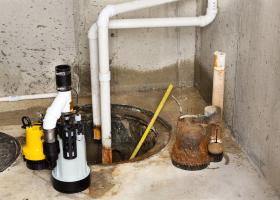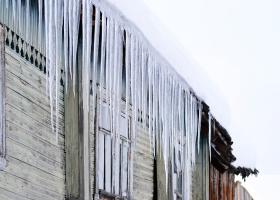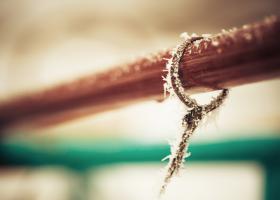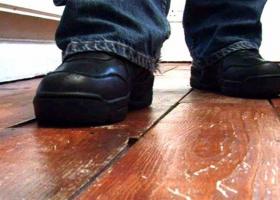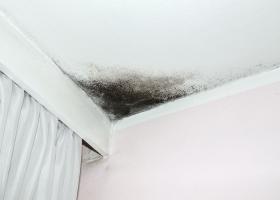Dock Maintenance Tips for your cottage
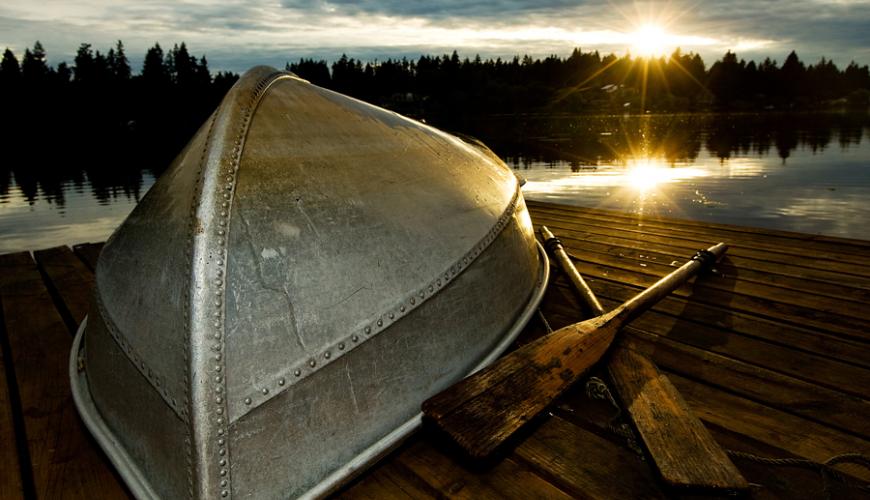
The easiest time to inspect and repair your dock is while it’s out of the water. Start out by inspecting the surface for boards that are severely cracked. You should repair or replace damaged boards to avoid an injury. Also check the wood for areas that may have become rough or uneven. A little bit of sanding will go a long way towards enjoying your dock and avoiding a nasty splinter. A handheld belt sander will make an easy task of this, you will also want to round any sharp edges.
Sand the Dock.
The first step in boat dock maintenance is to inspect the dock thoroughly. Notice the fasteners, hardware, bolts, wood and all auxiliary features such as ladders or stairs. Note anything that shows corrosion, splintering, rot or dilapidation. Use fasteners made for water and weather exposure. Regular household nails, screws and fasteners will corrode and fail.
- Hammer down raised nails or replace them with screw nails.
- Use a belt sander to smooth out rough spots before they split and cause an injury.
- Place a piece of carpet or a rubber mat on the corners of the dock to avoid damaging the boat when conditions rough.
- Install old tires or rubber bumpers to protect the dock and the boat from each other.
- Sand, prime and paint rusting spots on the steel crib and supports.
Barrels
Check any barrels if you have any. Make sure to check each of these barrels to see how buoyant it is. Barrels are fairly easy to replace. It is likely not worth trying to repair them, since water has a tendency to seek out places where it’s not allowed!
Cleaning Your Wood Boat Dock
Use a hose as a pressure washer may have too much force and splinter the wood, concentrating on the cracks between the boards.
Use environmentally safe cleaners to clean your boat dock. For a wood boat dock, a 3 to 1 blend of olive oil and white vinegar makes an effective cleanser for stains and mineral salts. For oil-stained areas, scrub in a paste of baking soda and water and rinse it off when dry. If manual removal of mold and mildew doesn't work, choose oxygen bleach or a product with citric acid (from lemons and limes).
And don't be overwhelmed by the store shelves full of wood cleaning products. Many contain toxic chemicals like oxalic acid, which is very corrosive and also effect the marine life.
Use baking soda to clean aluminum and steel attachments to your boat dock such as ladders.
Replacing Wood
Use treated lumber. If your boat dock wasn’t constructed using treated lumber, this is an excellent place to begin making repairs. Make sure to remove all un-treated lumber and replace it with water-treated lumber. This will extend the life of your dock and remove the need for major repairs down the road.
Another thing to keep in mind is taking care and consideration of how you dispose of any old pressure-treated wood. You do not want to burn the wood to dispose of it. Burnt pressure-treated wood can release arsenic into the soil which can eventually leach back into the water. Check with your local ordinance for the proper method for disposal of the wood.

